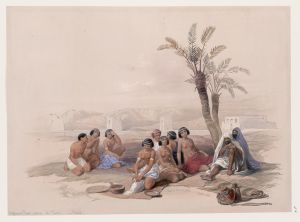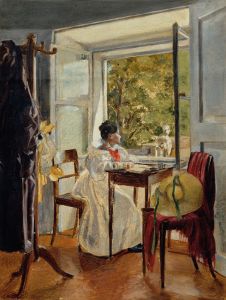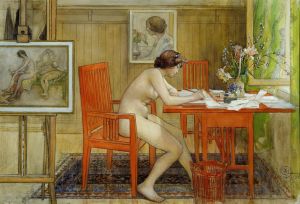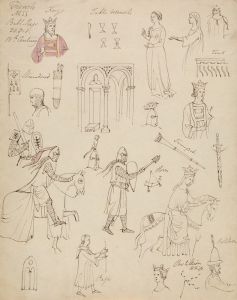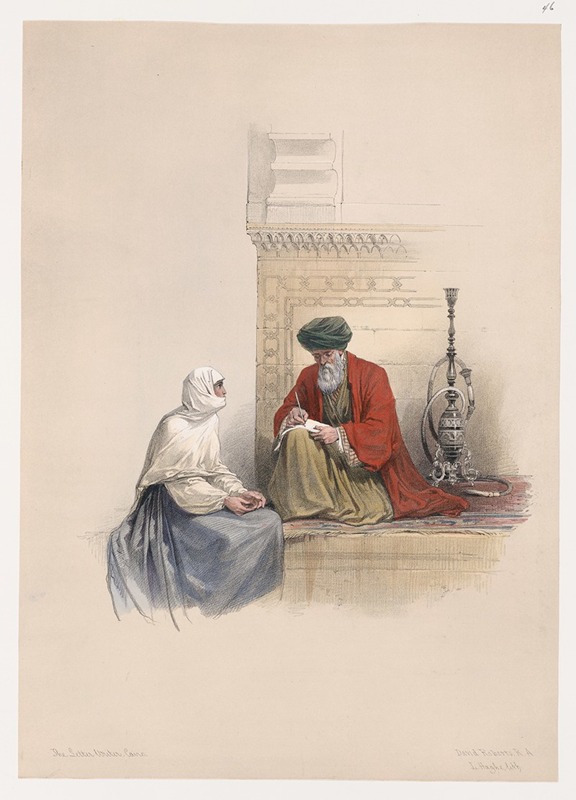
The letter writer, Cairo.
A hand-painted replica of David Roberts’s masterpiece The letter writer, Cairo., meticulously crafted by professional artists to capture the true essence of the original. Each piece is created with museum-quality canvas and rare mineral pigments, carefully painted by experienced artists with delicate brushstrokes and rich, layered colors to perfectly recreate the texture of the original artwork. Unlike machine-printed reproductions, this hand-painted version brings the painting to life, infused with the artist’s emotions and skill in every stroke. Whether for personal collection or home decoration, it instantly elevates the artistic atmosphere of any space.
David Roberts' painting "The Letter Writer, Cairo" is a notable work from the 19th century that captures a vivid scene from Cairo, Egypt. David Roberts, a Scottish painter born in 1796, is renowned for his detailed and accurate depictions of the Middle East and North Africa. His works are celebrated for their historical and cultural significance, providing a window into the landscapes and daily life of the regions he visited.
"The Letter Writer, Cairo" was created during Roberts' extensive travels in the Middle East, which began in 1838. This journey was part of his broader ambition to document the architecture, people, and customs of the region. His travels took him through Egypt, the Holy Land, and other parts of the Levant, where he produced numerous sketches and studies that would later be transformed into finished paintings and lithographs.
In "The Letter Writer, Cairo," Roberts presents a scene that is both intimate and informative. The painting depicts a scribe, or letter writer, seated in a bustling street of Cairo. This figure is engaged in the act of writing a letter for a client, a common practice in the 19th century when literacy rates were low, and professional scribes provided an essential service. The scribe is surrounded by various elements that characterize the urban environment of Cairo at the time, including traditional architecture, local inhabitants, and market activities.
Roberts' attention to detail is evident in the intricate rendering of the scribe's attire, the textures of the buildings, and the lively atmosphere of the street. His use of light and shadow adds depth to the scene, highlighting the vibrancy and complexity of daily life in Cairo. The painting not only serves as a visual record of a specific moment in time but also reflects Roberts' keen interest in the cultural practices and social dynamics of the places he visited.
The significance of "The Letter Writer, Cairo" extends beyond its artistic merit. It is part of a larger body of work that contributed to the Western understanding and appreciation of Middle Eastern cultures during the 19th century. Roberts' paintings and lithographs were widely disseminated and admired in Europe, influencing contemporary perceptions of the region.
David Roberts' legacy as an artist is marked by his dedication to capturing the essence of the places he explored. His works remain valuable historical documents that offer insights into the architectural and social landscapes of the 19th-century Middle East. "The Letter Writer, Cairo" stands as a testament to his skill and his commitment to portraying the richness of the cultures he encountered.
In summary, "The Letter Writer, Cairo" by David Roberts is a significant 19th-century painting that depicts a scribe in a Cairo street scene. It reflects Roberts' detailed and culturally insightful approach to documenting the Middle East, contributing to the broader understanding and appreciation of the region during his time.





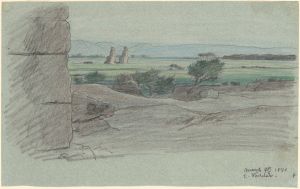
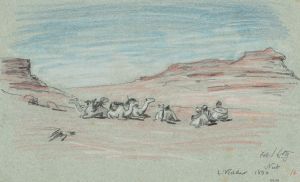
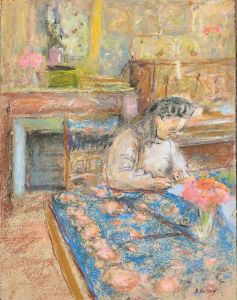
![Karnac [Karnak]. Nov. 29th, 1838.](/imgs/217502/s/david-roberts-karnac-karnak-nov-29th-1838-8df2346d.jpg)
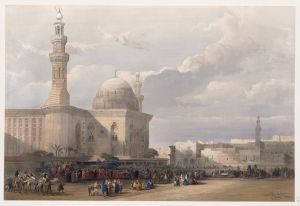
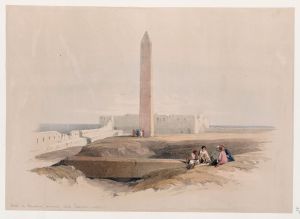
![Temple of Dandour [Dendûr], Nubia.](/imgs/217545/s/david-roberts-temple-of-dandour-dendur-nubia-8921547f.jpg)
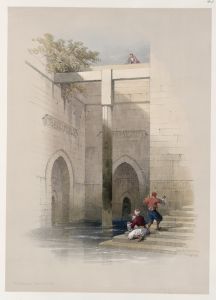
![Wady Dabod [Wadi Dabod], Nubia. Nov. 16th, 1838.](/imgs/217574/s/david-roberts-wady-dabod-wadi-dabod-nubia-nov-16th-1838-f16a99ed.jpg)
